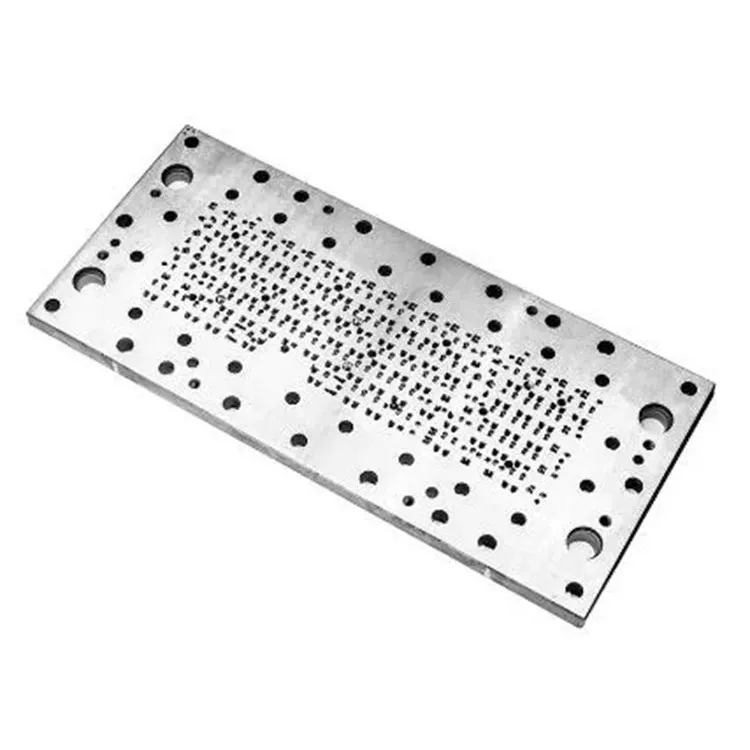What Makes Hardware Stamping Dies Essential in Manufacturing?
2024-11-22
In modern manufacturing, precision and efficiency are critical to delivering high-quality products. Hardware stamping dies play a pivotal role in achieving these objectives, serving as indispensable tools in the production of components across various industries. But what exactly are they, and why are they so essential? Let’s explore.
What Is a Hardware Stamping Die?
A hardware stamping die is a specialized tool used in metal stamping processes. It shapes, cuts, or forms metal sheets into desired components by applying immense pressure through a stamping press. These dies are custom-designed to create parts with exact specifications, ensuring consistency and precision in mass production.
Key Benefits of Hardware Stamping Dies
1. Unmatched Precision
Manufacturing industries require components with tight tolerances and exact dimensions. Stamping dies deliver this level of precision, enabling the production of intricate and complex parts with consistent accuracy, whether for automotive parts, electronics, or household appliances.
2. High Efficiency for Mass Production
One of the greatest advantages of hardware stamping dies is their ability to produce large volumes of parts quickly. The automated process reduces production time significantly, making it ideal for industries that demand high output without compromising quality.
3. Cost-Effectiveness
Although designing and manufacturing a custom stamping die involves an initial investment, the long-term cost savings are substantial. The efficiency and durability of these dies lower labor costs and minimize material waste, providing a high return on investment.
4. Versatility Across Industries
Hardware stamping dies can handle a wide range of materials, from steel and aluminum to copper and brass. This versatility makes them applicable across industries such as automotive, aerospace, construction, and consumer electronics, where diverse material properties are essential.
5. Durability and Longevity
Manufactured from high-quality tool steels and other durable materials, stamping dies are built to endure repeated use under high pressures. Their longevity ensures they remain reliable for extended production cycles, reducing the need for frequent replacements.
Applications of Hardware Stamping Dies
- Automotive Industry: Creating parts such as brackets, chassis components, and exhaust systems.
- Electronics: Producing connectors, enclosures, and precision parts for devices.
- Aerospace: Shaping lightweight but strong components for aircraft.
- Construction: Manufacturing fasteners, structural parts, and fittings.
Why Choose Custom Stamping Dies?
Custom-designed stamping dies allow manufacturers to create parts tailored to specific requirements. They ensure optimized material use, reduced cycle times, and the ability to produce unique components that stand out in competitive markets.
Challenges in Using Stamping Dies
While stamping dies offer numerous advantages, they also come with challenges such as the need for regular maintenance, high upfront costs, and design complexities. Partnering with experienced toolmakers can mitigate these challenges, ensuring the dies meet production needs efficiently.
Conclusion
Hardware stamping dies are the backbone of modern manufacturing, providing the precision, efficiency, and cost-effectiveness needed for high-quality production. Their versatility and reliability make them essential across industries, enabling manufacturers to meet the demands of today’s fast-paced markets.



